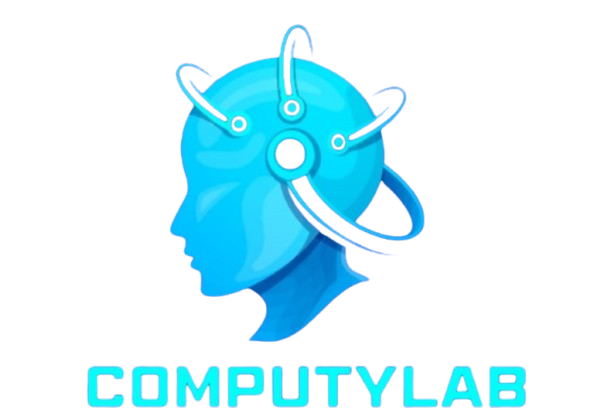Creating comprehensive, detailed articles about all medical medicines and instruments would require extensive knowledge and access to specialized databases and medical literature. Here’s a structured outline that could guide the creation of such articles:
Medical Medicines:
- Introduction to Medical Medicines:
- Definition and purpose of medical medicines.
- Importance in healthcare and patient treatment.
- Types of Medical Medicines:
- Prescription Medicines:
- Categories (e.g., antibiotics, antidepressants, antihypertensives).
- Mechanism of action and therapeutic uses.
- Examples and case studies.
- Over-the-Counter (OTC) Medicines:
- Common types (e.g., pain relievers, cold medicines).
- Safety considerations and usage guidelines.
- Regulatory oversight and approval process.
- Specialized Medicines:
- Biologics and biosimilars.
- Orphan drugs and their role.
- Personalized medicine and its impact.
- Prescription Medicines:
- Development and Approval Process:
- Pharmaceutical research and development phases.
- Clinical trials: design, phases, and ethical considerations.
- Regulatory bodies (e.g., FDA in the US, EMA in Europe).
- Market Trends and Challenges:
- Pricing and access issues.
- Impact of generics and patent expirations.
- Global pharmaceutical market dynamics.
- Impact on Healthcare:
- Role in disease management and prevention.
- Economic implications (cost-effectiveness, healthcare spending).
- Patient adherence and education.
- Future Directions:
- Emerging trends in drug development (e.g., AI in drug discovery).
- Precision medicine advancements.
- Regulatory and policy changes affecting the pharmaceutical industry.
Medical Instruments:
- Introduction to Medical Instruments:
- Definition and scope of medical instruments.
- Importance in diagnosis, treatment, and patient care.
- Diagnostic Instruments:
- Imaging devices (e.g., X-ray, MRI, ultrasound).
- Laboratory equipment (e.g., blood analyzers, DNA sequencers).
- Point-of-care testing devices.
- Therapeutic Instruments:
- Surgical instruments (e.g., scalpels, forceps).
- Minimally invasive surgery tools (e.g., endoscopes, laparoscopic instruments).
- Radiation therapy equipment.
- Monitoring Instruments:
- Vital signs monitors (e.g., ECG, blood pressure monitors).
- Continuous glucose monitors and other wearable devices.
- Telemedicine and remote monitoring tools.
- Development and Innovation:
- Design and engineering considerations.
- Regulatory requirements (e.g., FDA approval for medical devices).
- Technological advancements (e.g., robotics in surgery, IoT in medical devices).
- Safety and Quality Assurance:
- Standards and certifications (e.g., ISO 13485).
- Risk management and post-market surveillance.
- Challenges in maintaining instrument efficacy and safety.
- Impact on Healthcare Delivery:
- Improvements in patient outcomes.
- Cost implications and healthcare efficiency.
- Accessibility and equity in healthcare provision.
- Future Trends:
- Integration of AI and machine learning in medical instruments.
- Wearable technology advancements.
- Global market expansion and regulatory harmonization.
Where to Find Such Articles:
For detailed articles on medical medicines and instruments, consider:
- Medical journals (e.g., New England Journal of Medicine, The Lancet).
- Healthcare-focused publications (e.g., Healthcare IT News, Medscape).
- Industry reports and analyses by consulting firms (e.g., McKinsey, Deloitte).
- Regulatory bodies’ websites (e.g., FDA, EMA) for guidelines and updates.
These sources provide authoritative and in-depth coverage of developments, challenges, and innovations in the fields of medical medicines and instruments.
